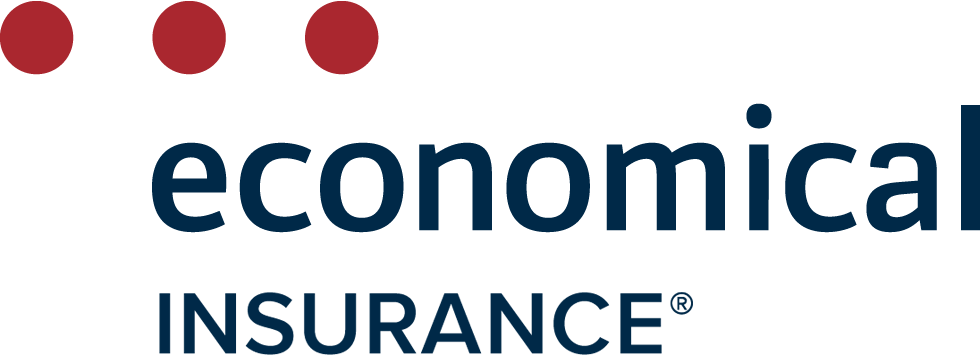
Nova Scotia Car Insurance
Learn about car insurance in the Sea Bound Coast
Auto insurance in Nova Scotia
Thanks to the 2003 auto insurance reform, Nova Scotia car insurance rates have remained some of the lowest in the country. The average yearly cost of car insurance for Nova Scotia drivers in 2012 was $783, a drop of several hundred dollars since the reforms were enacted. Since then, additional reforms have improved benefits and further reduced costs to drivers by prohibiting insurance companies from charging for a reported accident if there is no claim.
Private auto insurance companies in Nova Scotia offer drivers a wide range of options, not to mention the opportunity to shop around for a better rate.
Nova Scotia car insurance laws
A certain level of coverage is required for all drivers on Nova Scotia’s roads.
This is the minimum coverage you’re required by law to carry:
- $500,000 in liability coverage for any one accident
- $50,000 in medical payments coverage per person
- $2,500 in funeral benefits
- Accident benefits including disability income and death benefits for anyone injured or killed in an accident
- Uninsured and unidentified driver insurance
Most Nova Scotia drivers carry coverage in excess of the legal minimum, including liability limits of $1,000,000 on average, and additional optional coverage. This includes comprehensive and collision coverage to cover damage to your vehicle in an at-fault accident.
Frequently asked questions about Nova Scotia auto insurance (FAQs)
How do Nova Scotia insurance companies calculate my insurance rate?
Insurance rating in Nova Scotia
Nova Scotia insurers use a variety of factors to determine your auto insurance rates. Among the common factors used to determine what you will pay for insurance are:
- Your driving record and experience
- The value, make, and model of your vehicle
- Your vehicle's safety and theft history
- How often and how far you drive
- The level of coverage and deductibles you choose
As of the 2003 insurance reform, insurance companies cannot use the following to determine your rates:
- Your age
- The age of the vehicle
- Gender
- Marital Status
- Previous insurance history including denied coverage or lapses in coverage of less than two years not related to a license suspension
- Accidents in which you were not at fault
How do Nova Scotia insurance companies determine fault in an accident?
Accident fault and claims in Nova Scotia
As of April 1, 2013, Nova Scotia enacted a Direct Compensation for Property Damage system to handle property damage claims. The DCPD system can also be called no-fault insurance, and it means that drivers will make claims for property damage to their own vehicle to their own insurance company regardless of who is at fault in the accident.
At the same time, Nova Scotia introduced the Automobile Insurance Fault Determination Regulations. This document outlines how fault should be determined in any given accident, regulating how insurance companies handle the fault determination process.
What laws affect car insurance in Nova Scotia?
Laws affecting drivers in Nova Scotia
In order to drive in Nova Scotia you must have the minimum insurance and you must carry proof of that insurance at all times, presenting it to law enforcement when requested.
If you are involved in an accident, you are required by law to stop. In an accident causing more than $2,000 in property damage or any injury or fatality, you are required to report the accident to the police.
Traffic violations can have a direct impact on your auto insurance rates, and the severity of the violation will determine how much of an increase you will see.
Why should I shop around and compare auto insurance rates?
Shopping for car insurance in Nova Scotia
With a large number of insurance companies available to select from, shopping for car insurance can be time consuming. Comparing is the easiest way to save on your car insurance premiums.
If you are a high-risk driver, your choices for an insurance company may be limited. Nova Scotia drivers who are unable to obtain insurance with a standard company may purchase a policy through Facility Association, a non-profit organization created to ensure all drivers can obtain coverage regardless of driving record.
Ten years of average auto insurance premiums in Nova Scotia
| Year | Average annual premium | Average monthly premium | Year over year change |
|---|---|---|---|
| 2009 | $808.00 | $67.33 | 0.75% |
| 2010 | $803.00 | $66.92 | -0.62% |
| 2011 | $799.00 | $66.58 | -0.50% |
| 2012 | $775.00 | $64.58 | -3.00% |
| 2013 | $776.00 | $64.67 | 0.13% |
| 2014 | $771.00 | $64.25 | -0.64% |
| 2015 | $782.00 | $65.17 | 1.43% |
| 2016 | $811.00 | $67.58 | 3.71% |
| 2017 | $841.00 | $70.08 | 3.70% |
| 2018 | $891.00 | $74.25 | 5.95% |
| 2019 | $990.00 | $82.50 | 11.11% |
Data source: Groupement des assureurs automobiles (GAA)











